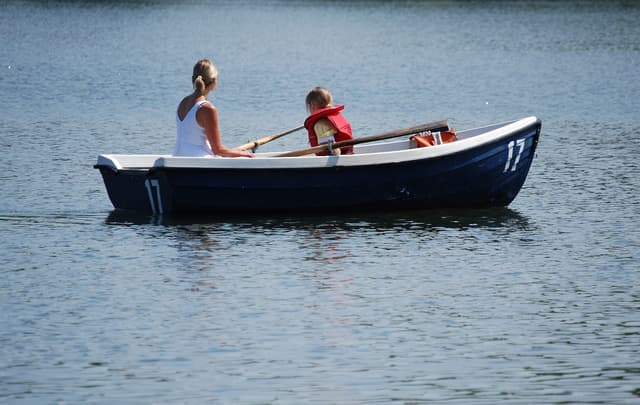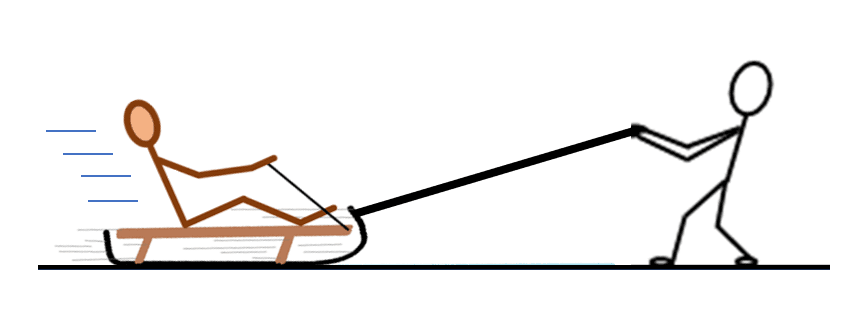Myths about teaching can hold you back
- Year 7
The different kinds of force
I can identify and describe different kinds of force and their effects.
- Year 7
The different kinds of force
I can identify and describe different kinds of force and their effects.
These resources will be removed by end of Summer Term 2025.
Switch to our new teaching resources now - designed by teachers and leading subject experts, and tested in classrooms.
These resources were created for remote use during the pandemic and are not designed for classroom teaching.
Lesson details
Key learning points
- Contact forces only act when objects are touching.
- Non-contact forces can act with or without the objects touching.
- Friction is a contact force that slows or prevents movement.
- Drag is a contact force that pushes against objects moving through liquids or gases.
Keywords
Contact force - Contact forces only act when objects are touching.
Friction - Friction is the force of one surface gripping or rubbing on another.
Drag - Objects moving through liquids and gases experience drag, a force that acts against the object’s motion.
Non-contact force - Non-contact forces can act with or without objects touching.
Common misconception
An object 'has' force that provides it some kind of agency, which is independent of other objects.
Describe forces as interactions between two objects using the structure 'the force of object A on object B'.
To help you plan your year 7 science lesson on: The different kinds of force, download all teaching resources for free and adapt to suit your pupils' needs...
To help you plan your year 7 science lesson on: The different kinds of force, download all teaching resources for free and adapt to suit your pupils' needs.
The starter quiz will activate and check your pupils' prior knowledge, with versions available both with and without answers in PDF format.
We use learning cycles to break down learning into key concepts or ideas linked to the learning outcome. Each learning cycle features explanations with checks for understanding and practice tasks with feedback. All of this is found in our slide decks, ready for you to download and edit. The practice tasks are also available as printable worksheets and some lessons have additional materials with extra material you might need for teaching the lesson.
The assessment exit quiz will test your pupils' understanding of the key learning points.
Our video is a tool for planning, showing how other teachers might teach the lesson, offering helpful tips, modelled explanations and inspiration for your own delivery in the classroom. Plus, you can set it as homework or revision for pupils and keep their learning on track by sharing an online pupil version of this lesson.
Explore more key stage 3 science lessons from the Forces unit, dive into the full secondary science curriculum, or learn more about lesson planning.

Licence
Prior knowledge starter quiz
6 Questions
Q1.Which kind of force pulls objects down towards Earth's surface?
Q2.The force that acts when surfaces grip or rub against each other is called .
Q3.Which is the correct name for the force that makes things float in water?
Q4.What do forces do? Forces cause objects to their speed, direction of motion or shape.
Q5.Which of these forces only acts when the two objects are touching?
Q6.What is the best way of describing this force?

Assessment exit quiz
6 Questions
Q1.Match the correct definitions to the keywords.
A force that only acts when objects are touching.
A force that can act whether objects are touching or not.
Q2.Find the non-contact forces.
Q3.Match up each kind of force with its definition.
The gravitational force from a star, planet or moon.
The upwards force from a liquid or gas.
The force of one surface rubbing/gripping another surface.
The force from a stretched rope.
Q4.Which is the best explanation for why gravitational forces are non-contact forces?
Q5.Which force does not act on this boat? The boat is not moving.

Q6.Look at the picture. Which of the following forces does not act on the moving sled?



